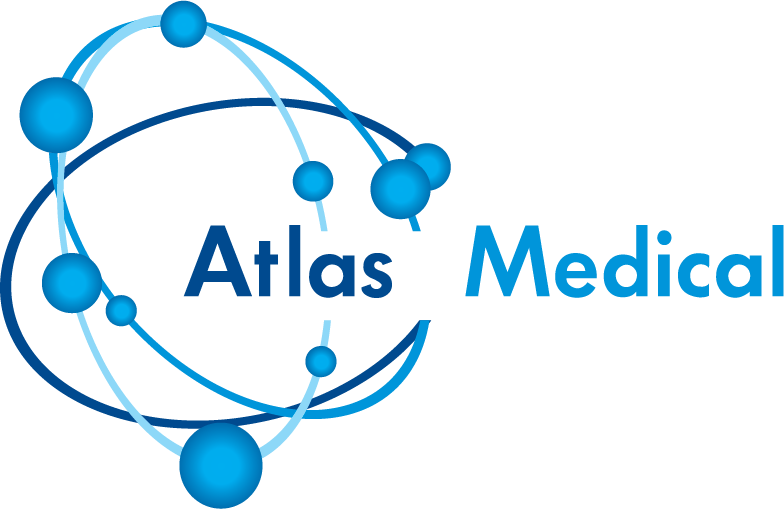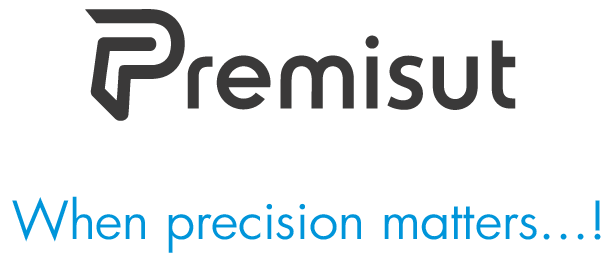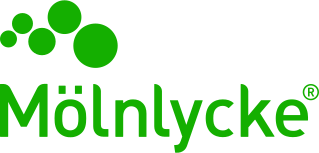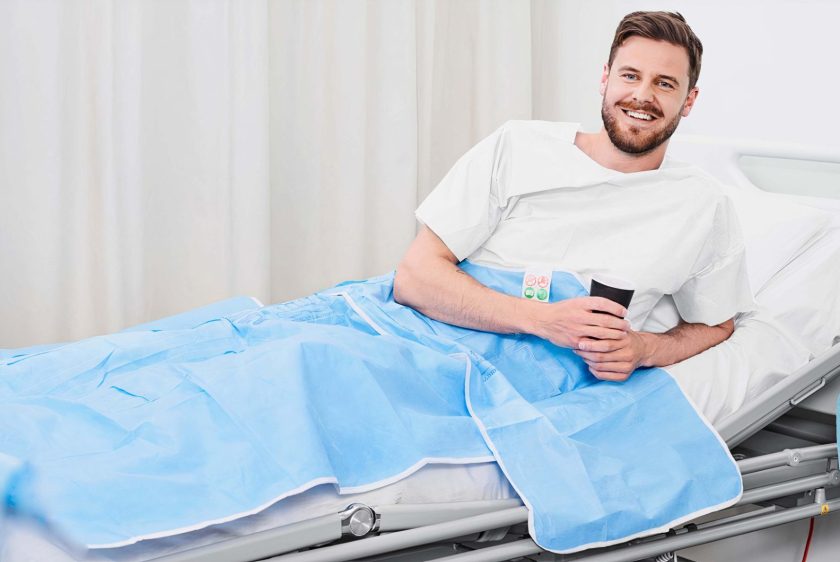‘’PERIOPERATIVE HYPOTHERMIA: PREVENTION THROUGH SINGLE-USE SELF-WARMING DEVICES – EASY WARM PLUS’’
Maintaining normothermia in surgical patients throughout the perioperative period has been recognized as a critical factor in reducing postoperative complications, minimizing hospital stay, and improving overall outcomes.
Even mild hypothermia (core temperature <36°C) can lead to coagulation disorders, increased risk of surgical site infections, re-intubations, and the need for blood transfusions—particularly in deep or prolonged surgical procedures.
In this context, Mölnlycke has developed EasyWarm Plus, a single-use, self-warming, dividable active blanket, designed to safeguard the patient’s thermal balance before, during, and after surgery—without requiring mechanical devices or electrical power.
EasyWarm Plus utilizes a passive, self-activating technology based on thermal pads that activate upon exposure to atmospheric air and reach operating temperatures of approximately 39–40°C within 30 minutes. Its thermal performance lasts up to 10 hours, sufficiently covering all phases of patient care, from preoperative waiting, intraoperative use, to recovery and postoperative monitoring.
The blanket is ergonomically designed to split into two functional sections—an upper portion for the chest and upper abdomen, and a lower portion for the legs and pelvic area—allowing the surgeon to safely expose the required surgical field without interrupting the warming of the rest of the body. This feature makes EasyWarm Plus particularly suitable for laparotomies, perineal procedures, hip surgeries, gynecological or vascular operations, and for cases where thermal stability is critical, such as in elderly or pediatric patients.
The clinical effectiveness of EasyWarm Plus has been demonstrated in multicenter studies. In a prospective study involving 68 patients, a significant reduction in intraoperative temperature drop was observed, with a mean decrease of only –0.6°C compared to the typical drop of over 1.0°C in the absence of active warming. Moreover, in a randomized clinical trial, EasyWarm showed comparable effectiveness to forced-air warming, without the functional and technical demands of a mechanical system.
The use of the blanket also brings operational and ecological advantages. It is made of polypropylene (SMS 104 g/m²), free of latex, PVC, or phthalates. The interior contains heat-generating pads composed of a carbon, iron, salt, and clay mixture, remaining completely inert and non-irritating to the skin. The absence of mechanical or acoustic components minimizes particle dispersion in the surgical field—particularly important for ultra-clean procedures or immunocompromised patients.
In conclusion, EasyWarm Plus introduces a new dimension in active warming, offering an innovative, user-friendly, efficient, and clinically validated solution for the prevention of perioperative hypothermia. Its suitability across all stages of hospitalization and its independence from external power sources further reinforce its role as a modern standard in thermal management during surgery.








